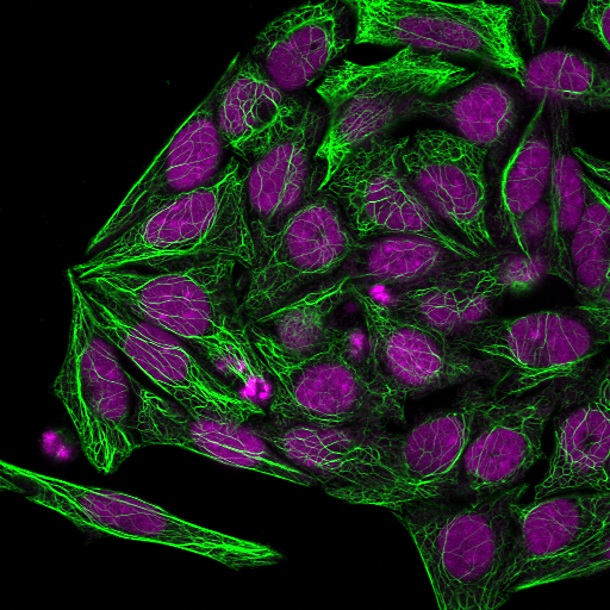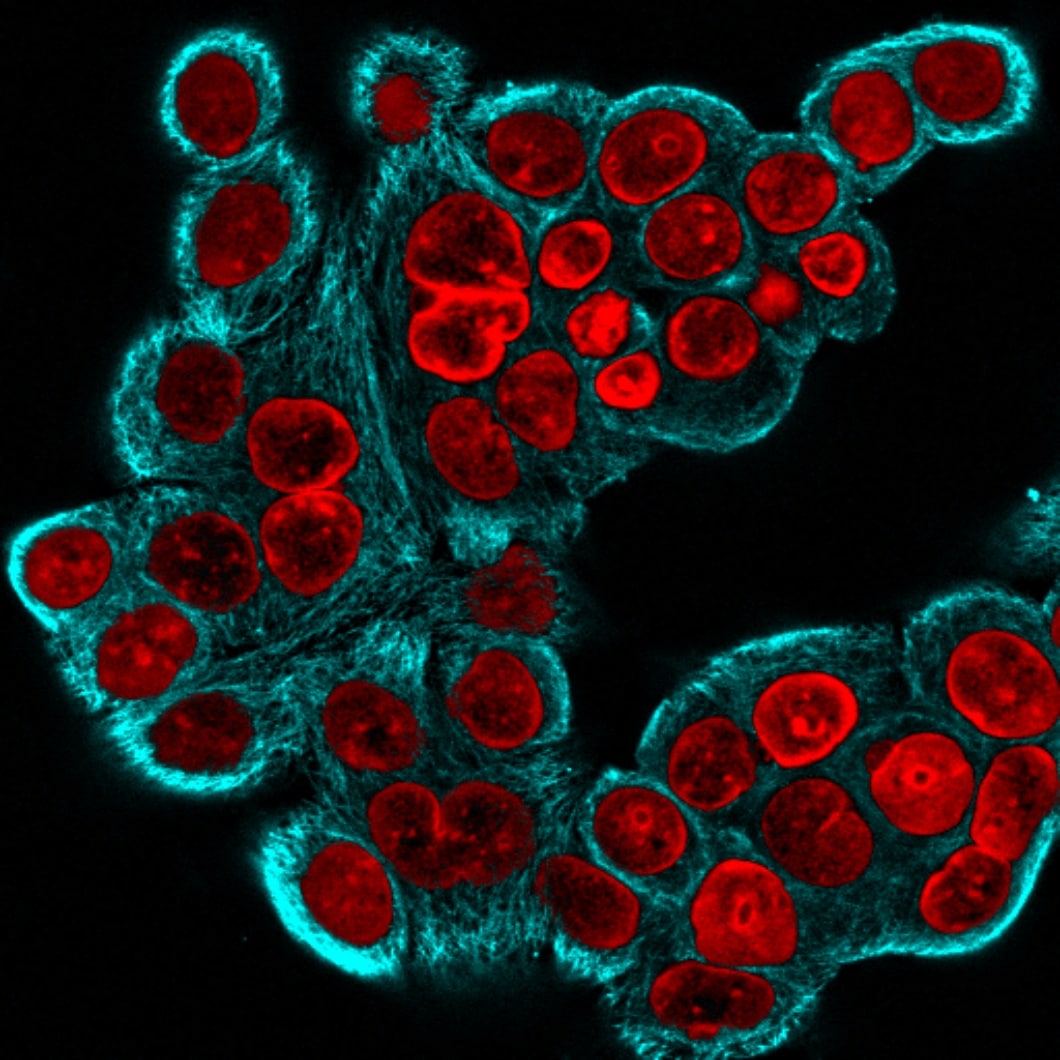Content #1
Content #1
Content #1

Choose from a wide selection of highly specific and versatile fluorescent secondary antibodies conjugated to your choice of 20+ bright and photostable CF® Dyes.
Elevate your super-resolution imaging with fluorescent conjugated antibodies developed and optimized for STORM, with an average degree of labeling (DOL) of one.
Detect, purify, and visualize epitope tags like biotin, GFP, and FITC with precision across multiple assays, including Western blot and immunohistochemistry (IHC).
Target human IgG, IgA, IgM, and more with highly specific secondary antibodies—available purified or with a wide range of labels to support diverse immunoassays.
Amplify signals of low-abundance proteins with biotinylated secondary antibodies, ideal for Western blot, immunofluorescence, and IHC in FFPE tissues.
Achieve strong, long-lasting enzymatic signal detection with alkaline phosphatase (ALP)-conjugated secondary antibodies for ELISA, IHC, Western blot, and more.
Power chemiluminescent and colorimetric detection with HRP-conjugated secondary antibodies, delivering reliable signals for immunoassays and enabling tyramide signal amplification.
Enable bright, multi-color detection in flow cytometry and beyond with fluorescent conjugated antibodies, offering high sensitivity and minimal spillover.
Enhance detection with streptavidin and biotin conjugates, available with CF® Dyes and other labels for bright, high-affinity binding across diverse assay formats.
Technology Highlight
